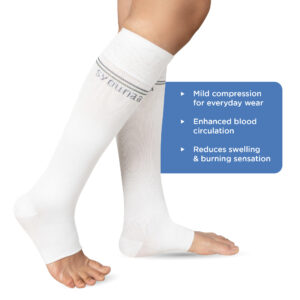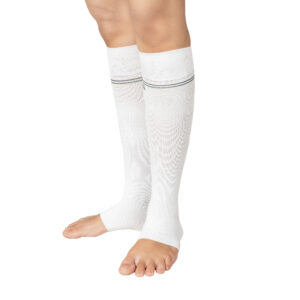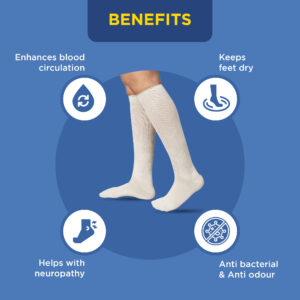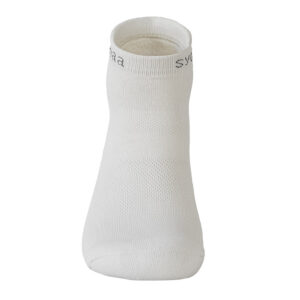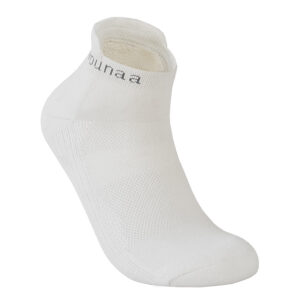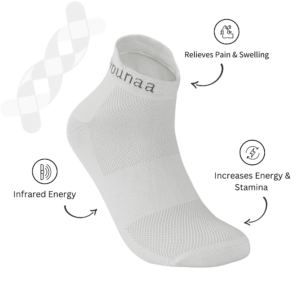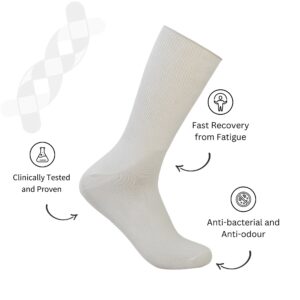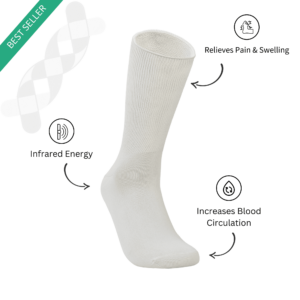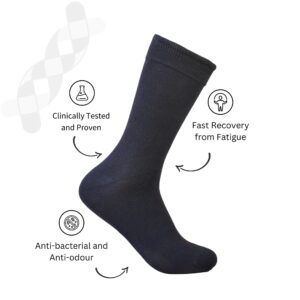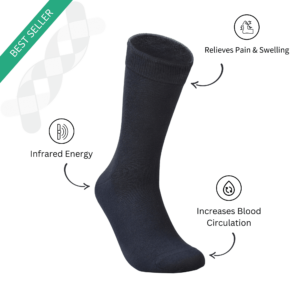Diabetic neuropathy is a painful condition and there are no remedies to it. It gets worse with time and there is no study or medication to reverse the effects of diabetic neuropathy. Those who have it can tell you how dangerous it is to lose the sensation of your limbs over time. Though you cannot reverse it, you can, however, reduce its’ rate of progression. You can also do certain activities to soothe the pain and discomfort associated with neuropathy. We will largely look at how swimming soothes diabetic neuropathy and touch about other habits that can give you some comfort when you are up and about.
What Is Diabetic Neuropathy?
When diabetes hinders the smooth functioning of your nerves, it leads to diabetic neuropathy. It is an irreversible condition that causes pain, numbness, stiffness, swelling, etc. We have a detailed article on diabetic peripheral neuropathy. Do check it out if you want to know more about the condition.
Why is Walking Difficult with Diabetic Neuropathy?
Diabetic peripheral neuropathy is the most common form of neuropathy caused by diabetes. The peripheral nerves connect our limbs (or peripheral sections) to the rest of our body. The peripheral nerves, for our legs, are the longest in our entire body. They branch out from our hips and stretch across our legs to the ends of our toes to provide our lower limbs with sensations of heat, cold, pain, etc. So naturally, when diabetes affects the peripheral nerves on our feet, some of our sensations are compromised. For some, it causes numbness and for others, it leads to painful prickling sensations. Either way, peripheral neuropathy makes it incredibly difficult to walk. It’s harder to place your stepping if you can’t feel the ground as accurately as before. It may lead to a loss of balance and more accidents. The prickling sensation makes it difficult to move around.
It also doesn’t help that the pressure from walking further aggravates the peripheral nerves. The longer you are on your feet the worse it makes your neuropathy and each step becomes more painful. This is why most people with diabetic neuropathy prefer not to walk. But a sedentary lifestyle is also terrible for diabetic neuropathy.
How Can Swimming Help?
The great thing about swimming is that the laws of gravity are masked by the water current. Sure, you can stand upright in shallow water but the pressure is dispersed among your entire body. If you know a bit of swimming you can float in the water and practice light leg movement exercises. Even simple movements will increase blood circulation around your feet. A few strokes in the pool will help you burn a lot of calories without putting any pressure on your feet. Experts suggest swimming in pools with room temperature water. Coldwater usually aggravates our nerves making it painful for a diabetic neuropathy patient whereas warm water promotes blood circulation.
If you cannot swim, you can still benefit from the shallow end of a pool. Just walk in the water and you will not only burn calories but reduce pressure around your feet. Swimming disperses pressure through your entire body and this is exactly why it is so beneficial to those with peripheral neuropathy. However, if you plan to include swimming as a part of your daily routine, we suggest that you consult your physician and physical therapist once before committing. Doctors will assess your physical health before they give you a green signal. Your physical therapist may even suggest swimming exercises that will be beneficial for you.
Other Practices That Can Soothe Diabetic Neuropathy
Peripheral neuropathy is painful when the nerves around your hands and feet become too stiff. Sometimes the pain is so unbearable that the doctor prescribes pain medicines. These are S.O.S. medications that you cannot take without the doctors prescription. In some cases, your doctor may also prescribe lotions that soothe the nerves. However, these creams sometimes have side effects and different people have a different reaction towards lotions.
The best way to soothe peripheral neuropathy is through natural means. You see, the condition is not reversible, but with healthy practices, we can delay the effects of diabetic neuropathy and live that is free of pain. The best way to soothe pain is to increase blood circulation around your feet. This reduces stiffness around the affected parts of the nerves. Firstly, if you drink or smoke you need to work on ways to stop these habits. Smoking restricts your nerves and further enhances the problems of peripheral neuropathy.
During the onset of neuropathy, the symptoms are usually mild and do not get in the way of your everyday function. Walking is a great practice as it increases blood flow around your feet but since foot pressure aggravates the condition, make sure to invest in proper footwear and do not exert your feet for more than thirty minutes at a time.
A few minutes in the sauna will also soothe your feet but remember to avoid saunas that are too hot. Neuropathy restricts your ability to sense extreme temperatures so if it seems too hot for the rest of your body, it is too hot for your feet. Keep your feet covered and protected from direct sunlight and peak winters.
The key here is to promote blood circulation, which is why Syounaa socks work exceptionally well for those with peripheral neuropathy. Celliant fibre promotes blood circulation around your feet and regulates your foot temperature with the rest of your body. This is why we highly recommend Syounaa socks to those suffering from peripheral neuropathy.














